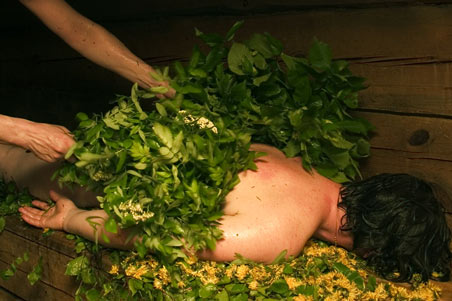
For the one who as hasn’t experienced it or had not been in sauna hot-room during whisking it is invidious to tell what it feels like. It is awkward in the language unfamiliar with terms of sauna (pirtis, bania, laznia). No job – no name. Even Russians, so famous for their hot steam banias, have no direct term for a bunch of birch twigs, used for hot steam bodywork, denominated as “whisking“ in the and of XX century. They call it “venik“, which means “brush“. Finns and Lithuanians are more proficient and bring their own “vihta`s“ or “vanta`s“ with them to sauna or pirtis. A term “vanojimas“ is depicted as „washing the body with vanta, cleaning, whisking…“ Understand as you wish… One is clear – whisking is a special sauna action, which reminds us patting, clapping, maybe beating, whisking, brushing of person’s body with a tool made of young birch twigs. But what on earth whisking really is?
What is whisking?
Frankly told, whisking is a special form of sauna massage, which requires the presence of hot steam and “vihta“ (or other similar tool). During whisking various movements are being performed – from waving and gentle touching to drumming, stroking, splashing and even striking. Liker other massage techniques, whisking has the same task – to warm and relax person’s body and assist emotional relaxation. Depending on client’s needs whisking can vary from softly relaxing to rather hot and extreme.
Who invented whisking?
The inventor of whisking, as of many other beneficial affairs remain unknown. Whisking is as old as hot steam bathing. During long and cold winters dwellers had to find their ways to warm and wash. The merest – to bring a few heated boulders inside and splash them with water. Vapour then inevitably condensed on a skin, heating and moistening it. Inherently there came itching and poor fellow bathers start to scratch their backs by everything available on the spot, finding a wisp of grass or fresh birch twigs most convenient. Shortly they noticed that a wag of birch whisk produced a comfortable sense of warmth and employed a new method of skin cleaning. Ages passed and know-how of birch whisking were perfected and propagated through generations. A bouquet of fresh or dried birch twigs has been once known to the most of European nations. It was however lost during decline of hot steam bathing during 17-18 c. Luckily it has never been forgotten in Finno-ugric, Baltic and Slavic nations. Nowadays whisking firmly belong to North and Central European steam bathing tradition.
The classical whisking procedure
Every whisker has secrets of his own and every whisking procedure can vary according the time of the year and hot-room condition. Nevertheless the action sequence resembles that of relaxation massage – from gentle surface strokes to deep tissue affectation. The main difference is that in whisking thermal affect is used instead of mechanical. The person to be whisked is usually asked to lay face-down and is waved with hot air and steam. Downward flow of vapour embraces and warms his body and brings him into a state of light and pleasant relaxation. This is the initial stage of whisking. Then one has increase the overall warming simultaneously accenting the feet, base of spine and main joints of the body. This is done by circular wrist movements and waving of vihtas over the back and along both sides of the body. As long as the laying person gets used to the heat, more water is splashed in the stones. Vihtas can be exposed to the high humidity vapour above and pressed down to important parts of the body, primarily feet, ankle and hip joints. Soft steam warming and gentle skin contact is considered to be better than rubbing and mechanical impact. The task of whisking is to relax rather then to force a person withstand the process.
It is important to remember that heated skin receptors are less sensitive to impact and a person may underestimate the force of vihta smashing. He probably will adopt it during procedure, but later will be unpleasantly astonished by black and blue broozes on his sides.
When the back is thoroughly warmed, person is urged to turn face-up and his front side is similarly treated. Caution is taken on belly and breasts – vihta movements are slower, and more “sliding“, then “beating“.
At this stage it is important to deeply massage major muscles. They are impacted by strong beats, forcing liquid circulation and decontamination of the blood vessels. Legs and arms are parts that require some elaborate movement skills and there we can easily distinguish various whisking schools. In Lithuania arms are being taken by a whisker, stretched out and carefully covered by vihta strokes, while in Russian tradition they are mostly held up to experience the highest possible heat load on palms and fingers. The whisker then evaluate the !heat threshold“ of a treated person and individually correct further heat exposure.
The face is usually covered by large and leafy spare vihta to avoid excessive head warming. The whisking of the front side is finalised by longitudinal delicate strokes which thus taking off residual strain. At this point flavourful vihtas of blooming lilac, linden, bird cherry, mountain ash can be used to create the unforgettable impression of freshness. At this moment many people feel quite satisfied, while others would ask for more… And if so, client would be asked to turn around once again.
In the case of follow-up the whisker would take some personal security precautions: have his sauna-hat filled with cold water, watch out for cold water vessel in the arm-reach, change cold moistened vihtas over whisked persons head. Then a generous draught of water would reach the stove and a !last fight“ would begin… From this moment there is no such thing as womanly skin touch, the whisker masters up all his skills to descend the heat flow to the persons back. It is important to „heat feed“ the most demanding body parts – feet, sacrum area, spine and neck, while sparing more sensitive areas from burning sensations. It requires to masterly feel movement of vapour and to keep control of timing. Some whislerers use the intermediate cooling of the skin to lessen it’s sensitivity – and creates one of the most pleasant bathing sensations. Short flush of cold water contracts the surface blood vessels, but does not cool inner tissues.
It is not easy to tell when whisking is over – it depends on situation. Generally speaking both whisker and client should be able to fully take care of themselves at any moment. Excessive dizziness is not welcome in whisking and it is told that one ought stop whisking when the first thought of stopping comes.
Success in whisking depends on…
1. Right mood and mind condition
2. Enjoyable bathing atmosphere
3. Qualified bodywork procedure
4. Well prepared whisk (vihta, vanta)
5. Manageable micro climate of hot room
6. Personal safety precautions
7. Proper sauna design
8. Fair psychological contact
Right mood and mind condition
A sauna bather is naked and open to all kind of impact, useful or not. Therefore it is very important to act responsibly and remain in full consciousness and kind-hearted mind condition. As ages passed the rules of sauna were formulated. Even nowadays our behaviour during whisking session is strongly influenced by these precepts: “take caution of elderly ones“, “do open the door while whisking goes on“, “more heat – less beat“, “do not bother sauna whisker when at work“ and similar. I payed a lot of attention to inherited wisdom and combined it with our own observations during whisking sessions. All it melted into several fundamentals of high-end whisking:
- Respect of sauna traditions
- Intuitive approach to bodywork
- Distraction from outside factors
- Ability to take own decisions
- Repression of negative emotions
- Compassion and love
Enjoyable bathing atmosphere
No one is pouring young wine into an old wineskin – an old rule belongs to pirtis as well. A majority of clients go to sauna to release their psychological tension, therefore bathing atmosphere should correspond. The best tempered whisker can fail in brittle, comfortless, unsafe sauna. The principles of nice whisking are in fact principles of favourable approach to 5 human senses – all of them ought to be pleased and unstrained.
All eye stressing objects should be taken out of sight, hot-room lights dimmed or subdued. The “aroma-scape“ of the bath should be pleasant and somewhat familiar – strange atypical odours are better avoided. The freedom from external distractions during bathing has ever been taken very seriously. Today it means that mobile phones are forbidden just as they are on an aircraft. A small talk between friends is welcome, but telling scandals should be seized, as it burdens the ears and loads the mind. The brain should be liberated from tiring everyday mind course, it also needs a good rest. Critical mind has simply no duties during sauna session – like a mind of a playing child. To achieve this a privacy and freedom from strange onlookers is an absolute necessity.
Qualified bodywork “Dos and Dont’s“ of whisking
As told above, appropriate bodywork means adjusting to fellow person’s needs, keeping in mind all circumstances that might quickly change during whisking session. Therefrom whisking is a bit more tricky then massage – temperature, varying humidity, fresh air intake and above all – timing must be payed a constant attention. Avoiding digging to deeply, we can summarise „dos and don`ts“ of proper whisking bodywork:
- steam-waving for preheating and relaxation
- cool accent on the client’s head for thermal safety
- gradual increase of the body temperature
- gentle touch steadily coverts into deep tissue impact
- extra heating for major joints and muscles
- a drop of cold water to refresh and tone the skin

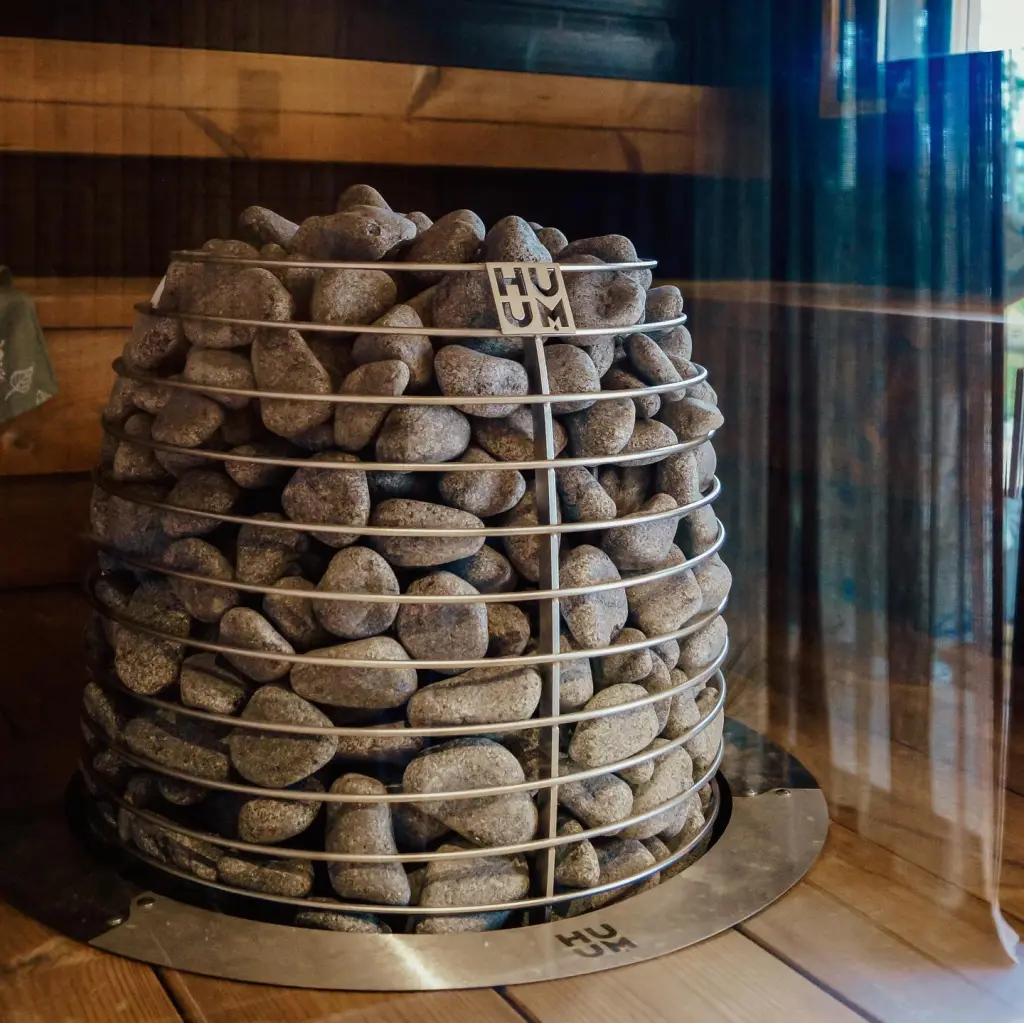
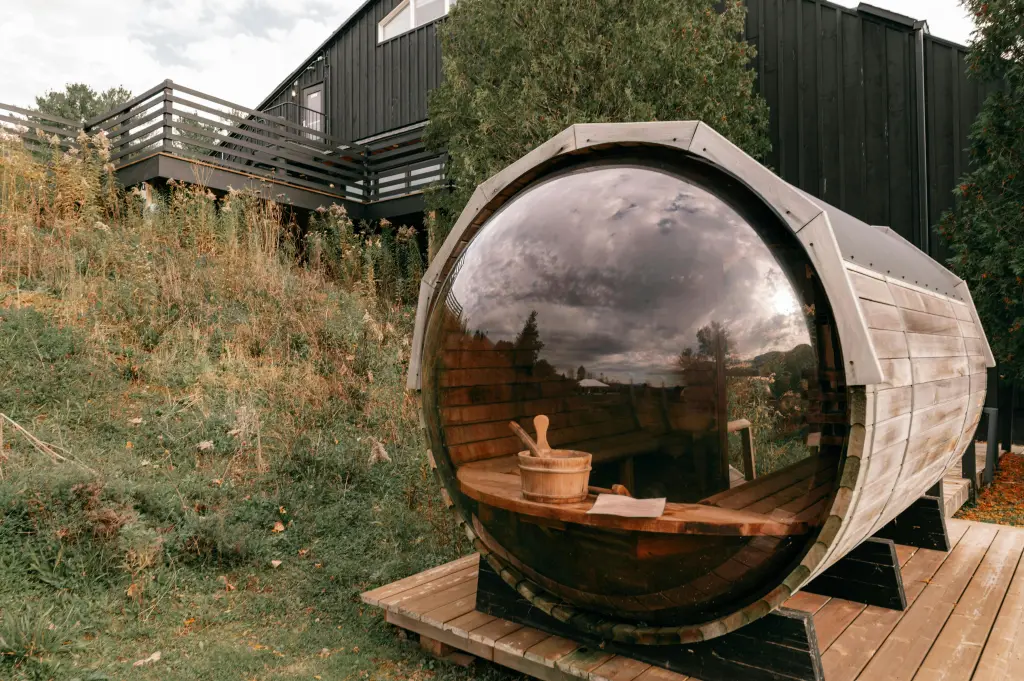
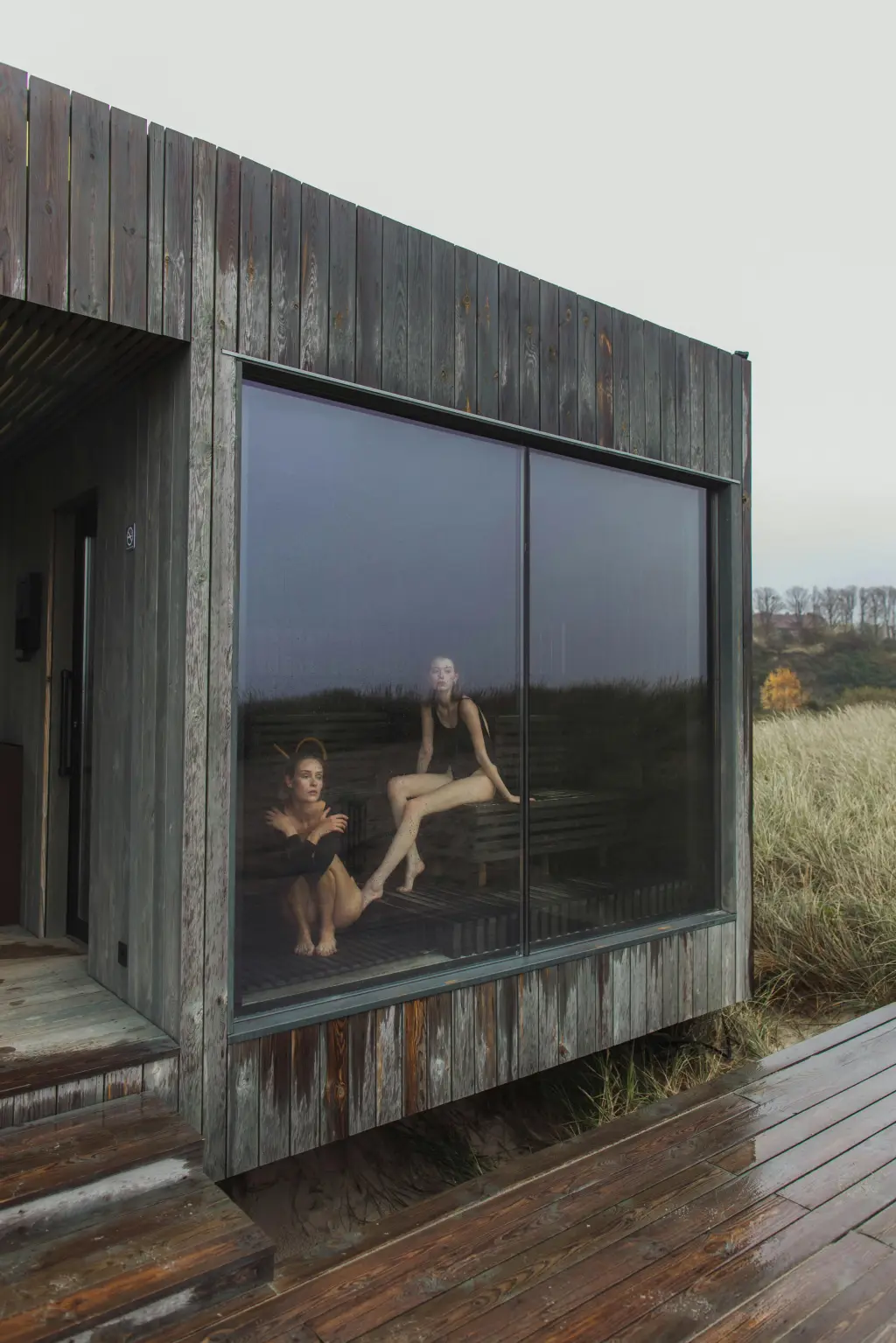
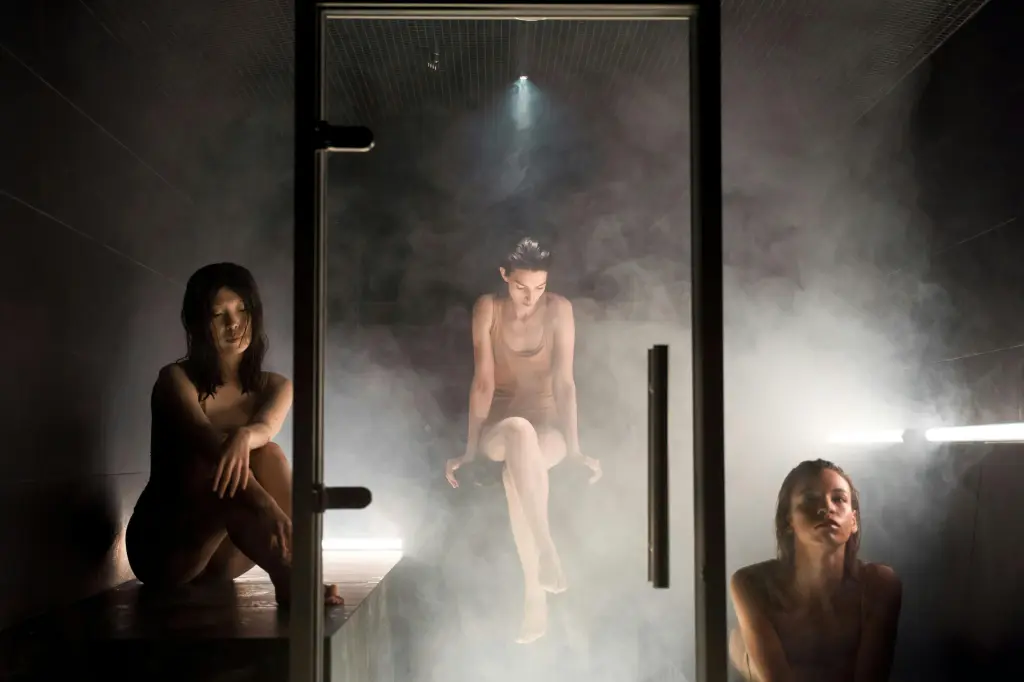
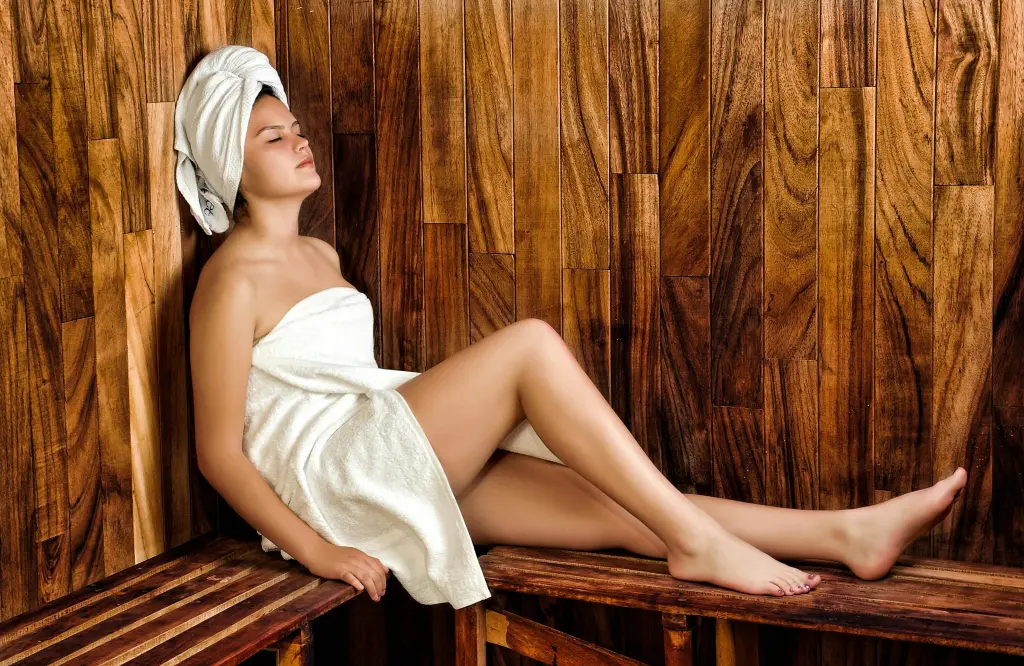
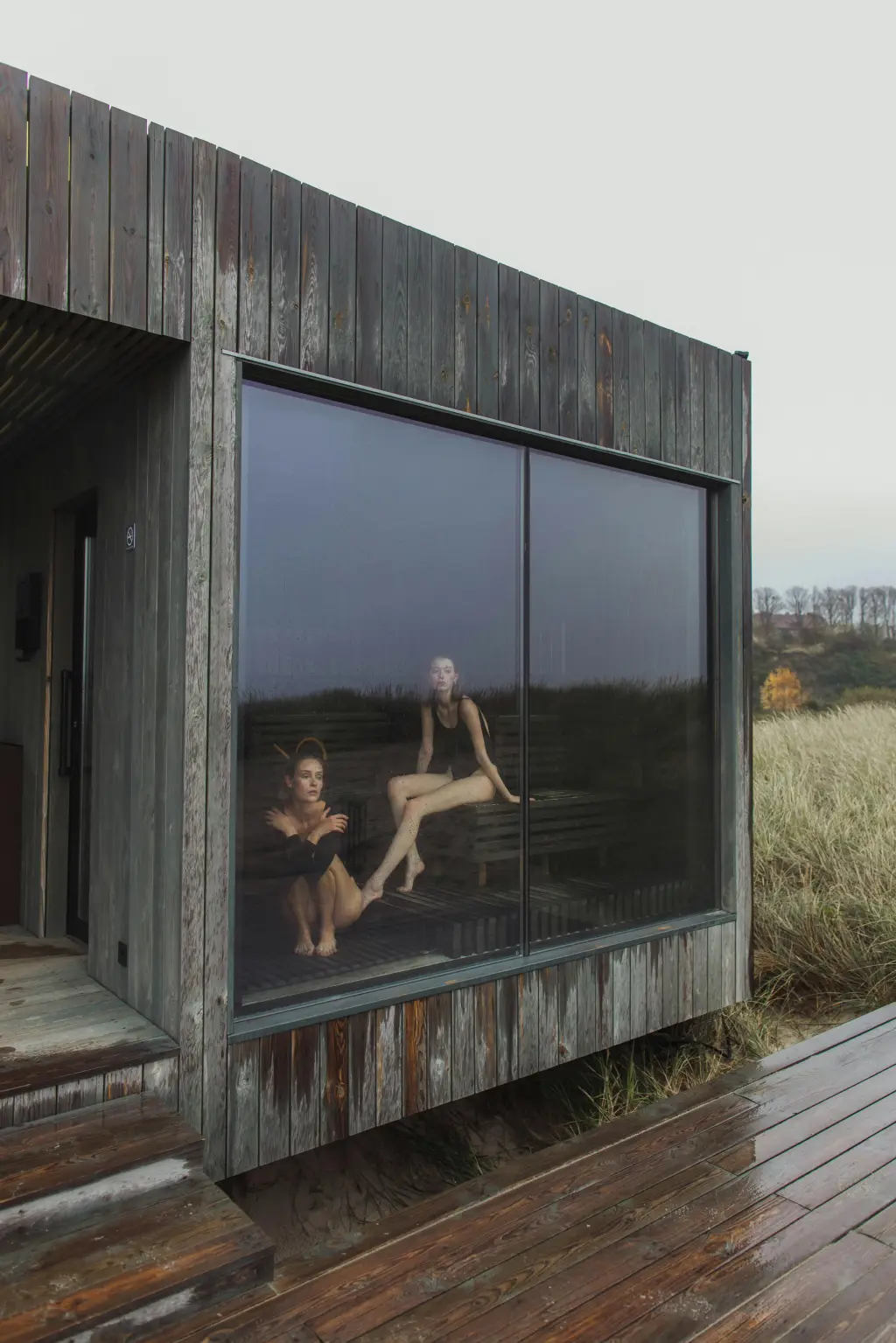
Leave a comment